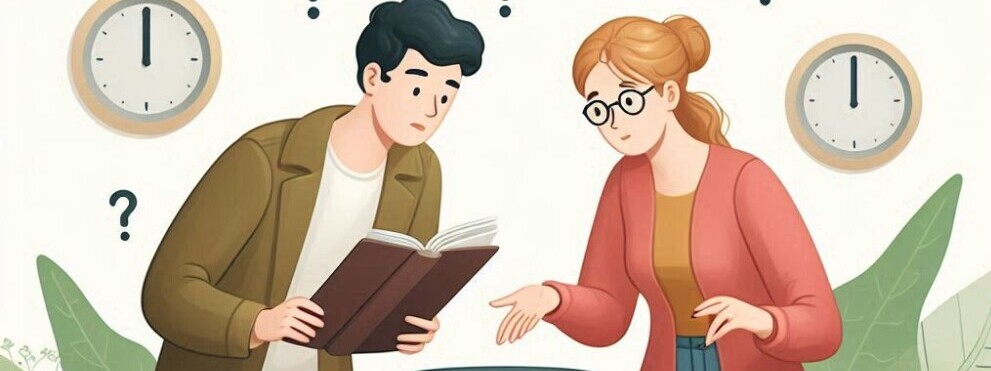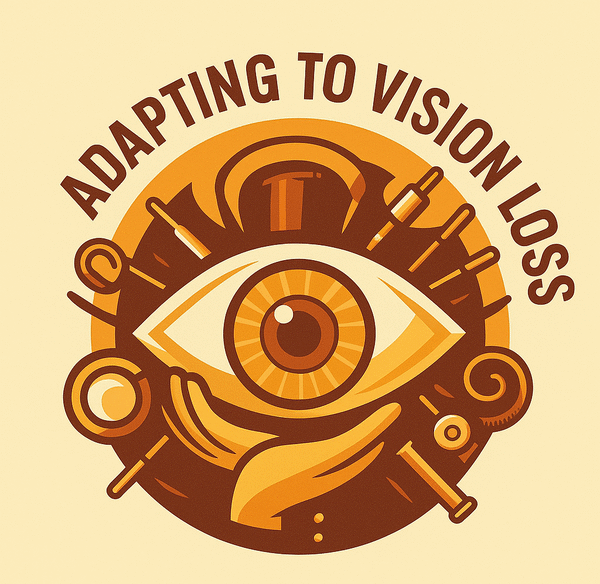
Living in a world designed for those who can see clearly every day is like walking a tightrope without a net. As someone who’s visually impaired, navigating simple tasks can be a constant challenge.
Although I move through life with the same hopes and dreams as everyone else, there are unique hurdles I face that might not be immediately obvious.
Walking down a bustling street the world around me is vibrant but blurry, and every intersection can feel like a puzzle with constantly shifting pieces.
Then there’s the hidden layer of life—reading menus at a restaurant. I have found several solutions to this issue, but none that feel are satisfactory. I continue to research and I am sure I fill find what I am lookin for eventually. This requires either preplanning or technological help or a generous dose of patience from others.
Beyond the tangible, there’s a more profound challenge—the inability to recognize familiar faces or nods of acknowledgment. Faces become a blend of colors and shapes, making social interactions sometimes a guessing game. This difficulty extends to picking up on non-verbal cues during conversations, adding another layer of complexity to everyday interactions.
While these challenges can be overwhelming, they’re also reminders of the strength and creativity required to thrive in a predominantly sighted world.
Challenges in Everyday Movement

Navigating everyday life involves a series of complex maneuvers, especially when moving through bustling urban landscapes. Crowded streets and busy intersections demand my full concentration as I make my way around obstacles without the benefit of clear visuals. Every journey outside isn’t just about getting from point A to B; it’s an orchestrated effort to read my environment using senses other than sight.
Finding the right bus stop can feel like searching for a needle in a haystack. Inconsistent signage and changing routes means I often rely on familiar landmarks, auditory cues, or even the kindness of strangers to catch the right ride. Public transportation, though essential, turns into an exercise in patience and trust.
Reading isn’t straightforward either. Menus, street signs, medication labels—all require more than a quick glance. Screen readers and my smartphone have become significant aids. These tasks demand creativity and sometimes a genuine openness to look to others for help.
Missing out on recognizing familiar faces or subtle nods makes social settings tricky. Every encounter becomes an unexpected challenge, not about missing out on seeing you smile, but genuinely connecting at a deeper level. Without those visual cues, much of my social experience is perceived differently, resonating more from tone and context than expressions.
These daily experiences embody the unique blend of frustration and fulfillment in managing tasks most people might take for granted. They fuel my determination and adaptability, driving me to find solutions and embrace the little victories amidst the challenges.
Tools and Technologies Bridging the Gap
In a world where visual cues reign supreme, technology has emerged as an empowering ally, leveling the playing field in ways once unimaginable. Assistive tools have become integral to my daily routine, each innovation effectively unlocking doors to increased independence.
The Good News- There is a work-around for all of these issues. The advancement of technology is unbelievable. There are assistive devices for almost any situation. Not all are great at this time, but they keep improving all the time.
Yet, it’s not just about having these tools; it’s about the empowerment they bring. Home assistants, wearable tech, and other gadgets grant a newfound autonomy, enhancing life’s quality and opening up possibilities that seemed unreachable a decade ago. The right mix of tech-savviness and curiosity acts like a superpower, ensuring I’m always within reach of what I need.
Technology, with its leaps and bounds, offers not only solutions but a sense of belonging. It reinforces the notion that while the world may not always tailor itself to those with visual impairments, there exist creative methods to adapt, evolve, and thrive within it.
And, then, there is your own creativity. Whenever I am struggling with something, my mindset is “how can I do this easier?”
Pathways to Empowerment and Inclusion
Living with visual impairment isn’t just about coping—it’s about empowering oneself with resources, education, and awareness. Embracing the available resources can significantly enhance one’s quality of life and open up a realm of possibilities. There are organizations and community groups dedicated to providing support, guidance, and a sense of community.
Education plays a crucial role in fostering independence and opening up career avenues. Learning new skills through specialized training programs can significantly boost confidence. Whether it’s mastering digital tools or engaging in mobility training, the focus is on ensuring that everyone can lead fulfilling lives.
Legal rights and accommodations are critical for securing accessibility and inclusion. Understanding one’s rights at work, in educational settings, and in public spaces is empowering. These rights ensure that environments become more accommodating, aimed at diminishing obstacles and creating equal opportunities.
Ultimately, each step towards autonomy is a victory.

